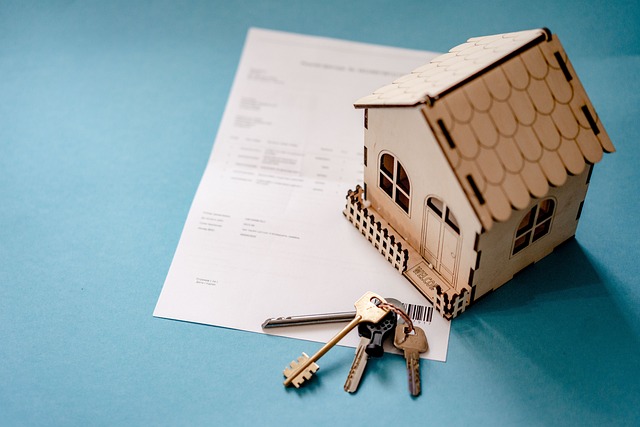Owning a home is one of life’s biggest investments, and protecting it is a top priority. Home insurance provides financial protection against unexpected events like natural disasters, theft, or accidents. But what exactly should a home insurance policy include? A well-rounded policy offers peace of mind by covering your home, belongings, and liability, ensuring you’re prepared for life’s uncertainties.
In this guide, we’ll explore the essential elements that a comprehensive home insurance policy should include and provide resources for choosing the best coverage.
What Is Home Insurance?
Home insurance, also known as homeowner’s insurance, is a type of property insurance that protects your home and personal belongings against damage or loss. It also provides liability coverage in case someone is injured on your property.
While policies vary, the right home insurance ensures financial stability and security when unforeseen events strike.
Essential Coverage in a Home Insurance Policy
A good home insurance policy should include these core types of coverage:
1. Dwelling Coverage
This is the foundation of any home insurance policy. Dwelling coverage protects the structure of your home, including walls, roof, and built-in appliances, against perils such as fire, storms, and vandalism.
What It Covers:
- Damage caused by fire, lightning, windstorms, and hail.
- Repairs or rebuilding costs for the house’s structure.
- Attached structures, such as garages or decks.
Example:
If a severe storm damages your roof, dwelling coverage will pay for the repairs or replacement.
2. Personal Property Coverage
This part of home insurance protects your belongings, such as furniture, electronics, and clothing, from theft or damage. It typically covers items both inside and outside your home.
What It Covers:
- Theft of personal items.
- Damage to belongings caused by covered perils (e.g., fire, storms).
- Coverage for high-value items like jewelry (may require additional endorsements).
Example:
If your TV is stolen during a break-in, personal property coverage reimburses the cost of replacement.
3. Liability Protection
Liability coverage is a critical component of home insurance. It protects you if someone is injured on your property or if you accidentally cause damage to someone else’s property.
What It Covers:
- Medical bills for injured guests.
- Legal fees and settlements if you’re sued.
- Damage caused by you or family members to others’ property.
Example:
If a guest slips on your icy driveway and sues for medical expenses, liability coverage pays for the costs.
4. Additional Living Expenses (ALE)
Also known as loss of use coverage, ALE provides reimbursement for temporary living expenses if your home becomes uninhabitable due to a covered event.
What It Covers:
- Hotel stays.
- Meals at restaurants.
- Transportation and other relocation costs.
Example:
If your home is damaged in a fire and you need to stay at a hotel, ALE will cover the costs.
5. Other Structures Coverage
This extends protection to structures on your property that are not attached to your home, such as sheds, fences, or detached garages.
What It Covers:
- Damage caused by covered perils.
- Repairs or replacement of detached structures.
Example:
If a tree falls on your shed during a storm, this coverage pays for the repair costs.
6. Medical Payments Coverage
Separate from liability protection, this covers minor medical expenses if a guest is injured on your property, regardless of fault.
What It Covers:
- Immediate medical treatment for guests.
- Small injuries like cuts or bruises.
Example:
If a friend trips on your stairs and requires a doctor visit, this coverage handles the bill.
Optional Add-Ons for Home Insurance
While the above are standard inclusions, consider these add-ons for enhanced protection:
- Flood Insurance: Covers water damage from floods (not included in standard policies).
- Earthquake Insurance: Protects against damage caused by earthquakes.
- Extended Replacement Cost: Provides additional funds for rebuilding costs that exceed policy limits.
- Home Business Insurance: Covers equipment and liability for home-based businesses.
Why Comprehensive Home Insurance Is Essential
A well-rounded home insurance policy not only protects your property and belongings but also offers financial relief during stressful times. Without it, recovering from a disaster or lawsuit could be financially devastating.
Tips for Choosing the Best Home Insurance
- Assess Your Needs: Consider the value of your home, belongings, and potential risks.
- Compare Quotes: Use online tools to compare rates and coverage from multiple providers.
- Check Reviews: Research customer reviews to evaluate the reliability of insurers.
- Understand Exclusions: Be aware of what isn’t covered, like floods or earthquakes, and purchase add-ons as needed.
Resources for Finding the Best Home Insurance
- National Association of Insurance Commissioners (NAIC)
- Offers tools and tips for comparing home insurance providers.
- Visit NAIC
- Insurance Information Institute (III)
- Provides in-depth guidance on homeowner’s insurance policies.
- Visit III
- NerdWallet
- Offers reviews and comparisons of top home insurance companies.
- Visit NerdWallet
- Forbes Advisor
- Features expert advice and rankings for the best home insurance providers.
- Visit Forbes Advisor
- Zillow Insurance Guide
- A resource for new homeowners looking for comprehensive coverage.
- Visit Zillow

GIPHY App Key not set. Please check settings